Please wait...

Please wait...



Post-merger integration is the process of integrating two entities and their assets, people, tasks, and resources in order to maximize value for the enterprise’s future by realizing efficiencies and synergies. PMI, or acquisition integration, is a complex process that requires the leadership of enterprise architects to ensure a smooth process by gathering 2 organizations. PMI’s primary goals should be to maintain momentum in existing businesses. Increase and speed up synergies and value creation. To propel the new company forward, build the organization and align the cultures. Use the combined capabilities to strengthen the company’s competitive position.

Divestitures are distinguished from other M&A transactions by the need to separate or “disentangle” the business being sold from the parent organization. Managers who have only been involved in acquisition transactions may view divestitures as a mirror image of acquisitions and fail to recognize the fundamental differences between the sellers’ and buyers’ perspectives. After making the decision to sell, the seller will concentrate on transaction planning and information preparation. The acquirer will concentrate on reviewing, analyzing, and validating the seller’s information.
Corporate divestitures are merger and acquisition (M&A) transactions in which a portion of a company, such as a subsidiary, business unit, division, or product line, is sold.
Corporate divestitures are typically complex, time-consuming, and resource-intensive transactions. They are also significant opportunities for organizations to revise their strategies and business portfolios in ways that add value to their shareholders. When done correctly, a divestiture transaction can be an extremely effective and powerful initiative. To optimize these transactions, businesses must recognize the importance of implementing a highly structured and disciplined process led by a properly resourced and empowered team, which a professional accountant in business can help with.
It represents a coherent set of assumptions that describe a future view, which is then used to develop a forecast or to test a strategy, plan, or strategy. Such foresight eventually represents an operating philosophy that governs the mindset, decisions, and actions.


Divestitures can apply in all industries, and their ability to drive organizational alignment and focus is a testament to their potential as a powerful tool. The ultimate goal of a divestiture is to create a customer-centric and competitive strategy that can help organizations achieve their long-term objectives. In order to achieve this goal, it is necessary to have a clear vision and a well-defined plan, which can be achieved through the use of foresight, i.e. a coherent set of assumptions that describe a future view
By definition, professional accountants in business can use their knowledge and expertise to guide organizations in implementing such a unique customer-centric and competitive strategy. The ability of divestitures to drive organizational alignment and focus demonstrates how powerful a tool or a program can be if implemented correctly.
Divestitures involve in essential industries:
In conclusion, divestitures are not just about selling a portion of a company but about creating a strategic and value-adding transaction that can have a significant impact on the future of the organization. With the help of a professional accountant in business, companies can ensure that their divestitures are well planned, well executed, and ultimately, successful.

